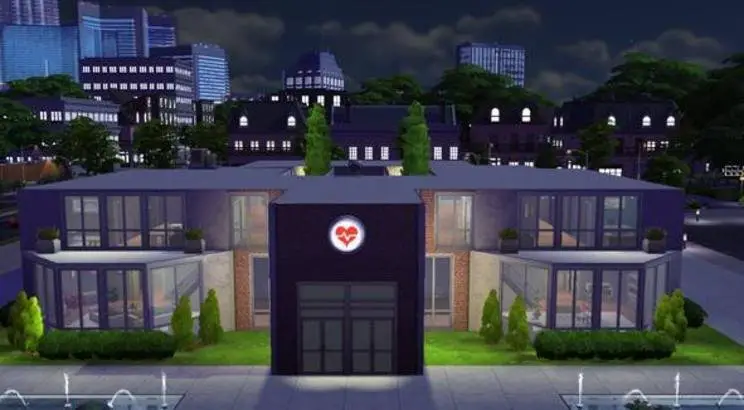We all know that today’s world is highly dominated by visual stimulation. Because of this, packaging has also become more than just a protective covering for the products. Rather it acts as a way to showcase the creativity and identity of a brand. From the different packaging techniques available out there, embossing and debossing have really emerged as a revolution in the domain of packaging aesthetics.
These techniques are powerful enough to catch the attention of customers through their eyes as well as give them an amazing experience of touch. In today’s blog, we will talk about the captivating world of texture in packaging design while exploring its evolution, modern techniques, and the value it brings to product design and presentation.
How Texture Elevates Packaging Design?
Texture is often treated as a secondary element in packaging design. While we give more importance to the shape and material of the packaging, the embossing and debossing techniques go unnoticed.
These techniques have the ability to engage the customer’s sense of touch. They can build an emotional connection with the customers by enhancing their sensory experience even before they open up the package. Whether you go for embossing or debossing to enhance the texture of your packaging, it is sure to offer a touch of elegance and sophistication which, in turn, attracts customers.
The Evolution of Embossing and Debossing in Packaging
The origin of embossing and debossing dates back to the time of ancient civilizations. During that time, these techniques were employed for the decoration of different materials such as pottery, metals, etc. Over the years, these techniques have paved their way to the packaging industry. In their initial stages, they were considered highly labor-intensive processes that demanded dedicated skills and technical expertise. However, with the evolution in technology and packaging tools, these techniques can easily be incorporated into today’s latest packaging designs.
Modern Techniques in Creating Textured Packaging
In today’s technology-driven world, innovative ideas know no bounds. By having a wide range of technological tools at their disposal, packaging designers are making use of them to create eye-catching textured effects. Some of the modern techniques that have been in use for creating textured packaging are briefly discussed below:
- Laser-Engraving- It allows us to create highly sophisticated and precise designs that were considered impossible to be crafted before the advent of this technique.
- Thermoforming- It helps in the creation of 3D textures that greatly resemble natural materials such as wood, stone, etc.
- Digital Printing- It is a highly cost-effective method of experimenting with textures and also brings a visually appealing packaging design to life.
How Does Texture Add Value to Product Presentation?
Going far beyond the visual appeal, texture can add significant value to your product presentation. Firstly, it allows customers to have a tactile engagement with the product even before opening it up. This leaves an imperishable impact on their brain. Secondly, brands can easily set themselves apart from the competition by making use of textured packaging. This kind of packaging greatly improves recognition and recall and makes it very convenient for customers to identify their products.
Apart from enhancing customer satisfaction, textured packaging also plays a vital role in depicting a brand’s dedication and attention to detail. This is exactly why this kind of packaging instantly attracts those customers who highly value and appreciate creativity, authenticity, and craftsmanship. Last but not least, texture can greatly improve the overall usability of your packaging by avoiding slippage and enhancing grip. In this way, your packaging becomes highly functional.
Conclusion
Textured packaging has indeed revolutionized the entire packaging industry that connects with consumers on a deeper level. Embossing and debossing can be used to create aesthetically pleasing packaging designs that are sure to leave a lasting impression on the customers. These techniques not only give a multisensory experience to the customers but also add unprecedented value to the products. Therefore, embracing these techniques is definitely the gateway to success for all the businesses out there.


















